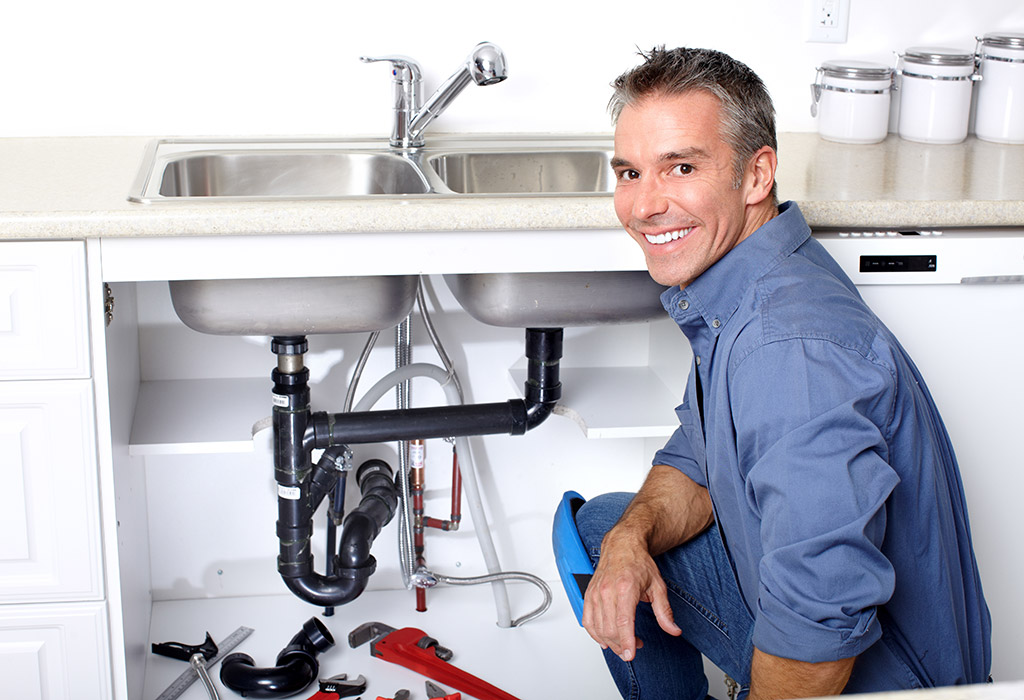Nobody loves the concept of blocked plumbing lines, whether they transport water or garbage. When plumbing water finds a full or partial barrier, it will redirect itself, causing reactions ranging from backups and floods to delayed drainage and low pressure. A clog can form and lodge anywhere, but examination will help restrict the possibilities. You’ll be able to see what’s going on and who the problem is affecting. If a section of the water or sewer main becomes clogged, the problem will most likely impact the entire family or business. If something becomes caught in one of the sublines, whatever is going on will most likely be limited to a single location or segment of the building. The following are the most prevalent reasons of Clogged drain:
Hair
Hair can build to the point of causing sluggish or complete obstruction. We can’t stop hair from falling out of our heads, but we can protect the drain as much as possible with modest screens and good habits like sweeping hair out of sinks and washing hair brushes over the trash can.
When you observe hair accumulating on the drain or hanging from it, use needle-nose pliers or gently work with long tweezers to pluck it out on a regular basis, rather than letting it sit or wash down the drain. A variety of Clogged drain screens are also available to restrict hair from falling down the drain and make cleanup easier.

Disintegration
Pipe disintegration is possible, especially in older homes or residences with deteriorating concrete, clay, or terra cotta pipes. Joints might separate and sink, and earth can erode away, causing the pipe to droop.
Pipes may move under the continual pressure and heave of the freeze-thaw process in areas where it freezes heavily in the winter. Even with contemporary pipes, which are often composed of a super-hardened plastic, damage from natural soil shifts and seasonal fluctuations is likely.
Leaks
Leaks are the enemy of sewers and main drains because if water leaks out beneath, the earth erodes and becomes wet, allowing the pipe to drop, sag, or otherwise alter position. The leaking water alters the chemical makeup of the soils surrounding it, causing the pipe to shift and perhaps break.

